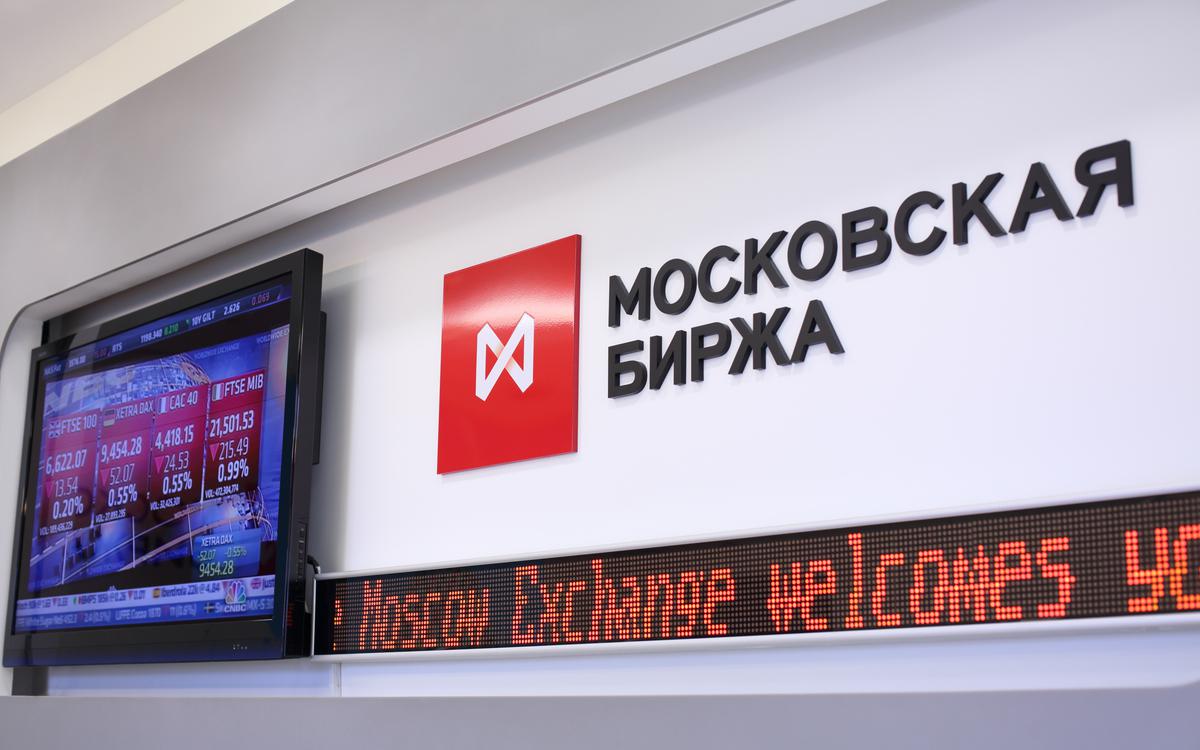Bitcoin Forecast for 2025: In-Depth Technical Analysis and Expert Opinions
Global Context and Expectations for 2025
As of September 2025, the BTC price fluctuates within the range of $40,000 to $50,000, showcasing a clear bullish shift compared to the previous year. The development of institutional products — foremost among them Bitcoin ETFs from major asset managers such as BlackRock and Fidelity — sets a new standard for trust and liquidity. These funds are recording significant volumes daily, affirming the growing interest from traditional investors and corporations. For instance, in the first six months of 2025, the total assets in BTC ETFs grew by 45%, which historically correlates with a price breakout into the $55,000 territory.
However, the macroeconomic backdrop remains ambiguous. On one hand, global inflation is maintained at a level of 3–4% in developed countries, which bolsters demand for safe-haven assets. On the other hand, the US Federal Reserve is gradually concluding its interest rate hike cycle: the key rate stands at 5.5%. Historical trends indicate that peaks in interest rates often coincide with corrections in risky assets. In the case of Bitcoin, this could manifest as short-term declines to support levels near $38,000.
Besides monetary factors, technological innovations influencing network scalability cannot be overlooked. Layer-two solutions like the Lightning Network are becoming more mature and reliable. It is anticipated that increased activity in payment channel networks will lead to reduced fees and attract mass users who were previously deterred by high fees during peak periods.
Technical Analysis of Bitcoin
Moving Averages (SMA and EMA)
Moving averages remain the bedrock of trend analysis. In the long term, the 200-day EMA at $38,000 serves as a reliable support zone: it is where rebounds occurred following the March 2025 correction. The more dynamic 50-day SMA ($42,500) has already acted as an entry filter for mid-term traders twice over the past few months, forming the basis for a breakout to $47,000 in April and July. Historical experience shows that a sustained price closing above the 50-day line is a strong indicator of continuance in the bullish phase.
Similarly, the 100-day SMA, found at the $40,000 mark, frequently serves as a benchmark for cross-over strategies. When the 50-day SMA crosses above the 100-day SMA, it is considered a strong bullish signal. In August 2025, this signal coincided with a 30% increase in trading volume, further bolstering market confidence.
RSI Indicator
The RSI (14) remains in the range of 60–65, signalling sustained demand while avoiding overbought conditions. Surges above 70 have been observed only during brief periods, always accompanied by local corrections of 5–8%, after which the price has once again surged towards historical highs. For traders, a key focus should shift from isolated extremes to RSI divergences: when the price breaks a new high while the RSI remains below the previous, it serves as a warning bell for a potential reversal.
In divergence analysis, it is crucial to consider weekly data: on the weekly chart, the RSI above 70 for the first time since December 2021 indicated systemic overbought conditions, from which the market retracted with an average correction of 20%. Analysts recommend paying close attention to the weekly RSI when evaluating major corrections.
MACD and Confirmation Signals
The MACD supports the bullish sentiment: the histogram remains above the zero line, and the MACD line crossed the signal line at the beginning of summer 2025. Upon breaching $48,000, the histogram increased by 20%, reflecting strong momentum. Expectations: should the MACD begin to form a "histogram divergence," one should brace for a correction back to the 50-day SMA.
Additionally, the divergence in MACD on weekly charts indicated weakness in the previous assault on $52,000. Consequently, the summer pullback of 7% marked the first substantial correction since January 2025.
Trading Volume and Market Profile
Peak volumes have been recorded when approaching the $45,000–$46,000 region — this is the "decision-making area" for major players. The Market Profile indicates increased activity at levels $43,000 and $47,500, creating a "corridor" of price wars between buyers and sellers. Breaching this corridor with volume exceeding the average of the last 30 days will serve as a signal for large-scale entries.
Cluster volume analyses on exchanges like Binance and Coinbase confirmed that over 60% of trades occurred within this corridor. This implies that a breakout beyond the $43,000 or $47,500 levels would lead to a sharp shift in supply and demand balance, resulting in strong momentum from one side.
Support and Resistance Levels
Support: Convergence Zones
$38,000–$39,000 (200-day EMA and monthly support). Historical equilibrium point.
$34,000 (spring 2025 low). A psychological "floor."
In the event of a deep decline to $30,000, the "base case" of investors ready to increase positions at maximum discount levels is triggered. Such behavior was witnessed in March 2020 when buyers returned at a drop to $3,800.
Resistance: Liquidity Levels
$46,000–$47,000 (local highs of summer 2025).
$50,000 (psychological round number and Fibonacci 50%). A breakout would lead to an assault on $55,000 (the 61.8% Fibonacci level).
A critical reference point is also the $52,000 level, where mass liquidation of short positions occurred in 2021. Should the price touch this mark again, one can expect heightened volatility and potential "stop run" rebounds.
Macroeconomics and Regulation
Inflation and Interest Rates
Amid inflation, Bitcoin increasingly takes on the role of a safe-haven asset. The correlation between BTC and the US Consumer Price Index (CPI) over the past 12 months has been −0.35, affirming its protective properties. However, the rise in Fed rates hinders short-term growth: each 25 basis point hike has historically caused a 6% correction in BTC.
Globally, the disparity in inflation rates generates arbitrage flows: investors from countries with inflation exceeding 10% are transferring part of their capital into BTC, creating additional demand on P2P platforms.
Regulation and Institutionalisation
New KYC/AML regulations in the EU (MiCA) are already in effect, enhancing transparency and reducing money laundering risks. In the US, the SEC is actively reviewing applications for spot ETFs, while banks have been permitted to create custodial services. For instance, Fidelity Custody Services now holds over 200,000 BTC, making it the largest cryptocurrency custodian in the world.
In Russia, discussions in 2025 revolve around the introduction of a "digital rouble," indirectly heightening interest in decentralised assets as investors seek alternatives to fiat innovations.
Geopolitics and "Digital Gold"
In Latin American countries (Argentina, Venezuela), Bitcoin has attained the status of a "people's currency" due to rapid devaluation of fiat money. P2P transaction volumes in the region increased by 70% in 2025, underscoring BTC's role as a protective asset amid instability.
Analysts note that in Asian countries, where interest in CBDC is growing, Bitcoin is viewed as a counterweight to government-backed digital currencies.
Expert Opinions and Predictions
Optimistic View to $80,000
Analysts at Cointelegraph Markets and research group Galaxy Digital anticipate growth to $80,000 by year-end. Their model incorporates the supply effect following the 2024 halving and an influx of institutional funds via ETFs into Japan and South Korea.
In an interview with a leading strategist at Galaxy Digital, it was noted that if the current pace of institutionalisation holds, the potential growth could reach 150% within the year.
Moderate Scenario $50,000–$60,000
Bloomberg Intelligence and JPMorgan expect a balance in supply and demand: growth may halt around $55,000 due to constraints in monetary policy. The average target price is set at $57,500.
JPMorgan's report highlights that the dynamics of inflation and the response of regulators, who may adjust interest rate plans, will remain pivotal.
Pessimistic Forecast to $30,000
Credit Suisse warns of the risk of a sharp correction amid tightened mining regulations and "mass liquidation of leverage." A potential "domino effect" within DeFi protocols could amplify the downturn.
Specifically, a ban on mining in China and the introduction of new environmental standards in the EU may pose serious challenges for miners and lead to a redistribution of hash power, resulting in instability of hash rates and short-term price drops.
Comparison of Bitcoin with Other Assets
Bitcoin vs Gold
Unlike gold, Bitcoin demonstrates high volatility and potential returns of 80–100% during bullish trends. However, its correlation with gold remains low (0.25), enhancing its diversification effect within a portfolio.
Gold is traditionally perceived as a "safe portfolio," while Bitcoin attracts investors willing to take risks for substantial returns.
Bitcoin vs S&P 500 Stocks
In 2025, BTC shows a correlation with the S&P 500 of about 0.45: during periods of overall market euphoria, the cryptocurrency tends to rise more sharply but also declines noticeably. The annual return of Bitcoin based on a "buy and hold" strategy could surpass the index's return by 20–30%.
Many institutional investors regard Bitcoin as an "alpha asset" capable of strengthening their portfolio with a modest addition of 1–3% to traditional assets.
Investment and Trading Strategies
Long-Term HODL
Institutions recommend holding BTC for no less than three years to fully benefit from the supply deficit following the halving. The "scarcity effect" lays a foundation for medium-term corrections, but does not undermine the long-term trend.
Historical data indicates that the annual return for a HODL portfolio with BTC averages around 60%, despite significant pullbacks during correction periods.
Dollar-Cost Averaging (DCA)
Regularly investing fixed amounts reduces the impact of volatility on overall returns. In 2025, a DCA portfolio with weekly purchases yielded a return of +65% while averaging at levels between $40,000 and $50,000.
To enhance effectiveness, it is recommended to combine DCA with level exits, locking in part of the profits upon reaching key resistances.
Algorithmic Strategies
Grid Trading and Market Making within the $42,000–$48,000 range allow for profits on fluctuations up to 5% per cycle. Modern bots employ a combination of RSI and MACD for automated entry and exit, minimising emotional errors.
A popular approach is the "dynamic grid," where the grid step is adjusted based on volatility, allowing adaptation to different phases of the market.
Short-Term Trading by Levels
Traders note the high effectiveness of the "buy at support, sell at resistance" strategy, targeting 3–7% with a stop-loss of 2–3%. During periods of heightened volatility, the $43,000 and $47,000 levels serve as reliable reference points.
It is also important to consider market maker activity: sharp movements outside the grid may indicate "liquidity traps" and require a more conservative approach with wider stop-losses.
Conclusion and Recommendations
By the end of 2025, Bitcoin is likely to retain its status as a market driver. Given a favourable combination of institutional demand and moderate monetary regime, a test of the $55,000–$60,000 zone is possible. However, in the event of tightening regulation or a new cycle of rate hikes from the Fed, a correction toward $35,000–$38,000 remains realistic.
For long-term investors, the optimal strategy is HODL, considering the halving effect. Mid-term participants may blend DCA and algorithmic strategies, while short-term traders should focus on key levels supported by volume. This layered strategy will enable maximised utilisation of BTC’s potential while mitigating risks in a volatile market.




